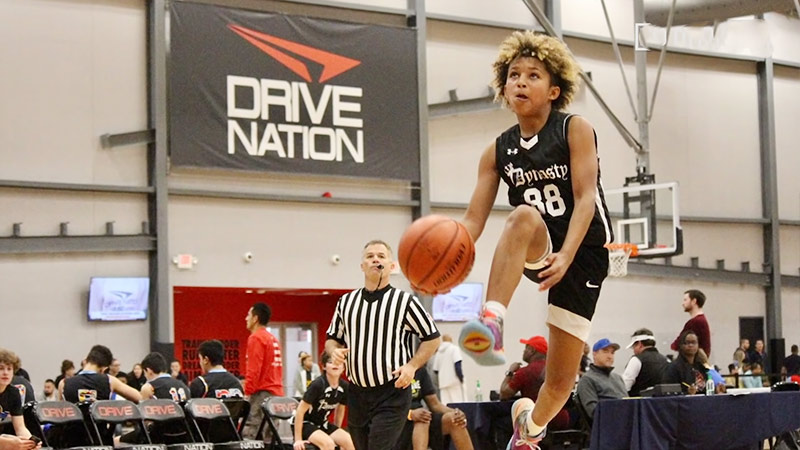Basketball is a popular sport played by millions of people around the world, and it’s no surprise that many middle school students develop a passion for the game.
Whether they are playing for fun or as part of a school team, these young athletes need to have the right equipment to enhance their skills and enjoyment.
One crucial piece of equipment is the basketball itself, and choosing the appropriate size is essential for the players’ development. So, what size is basketball for middle school? Let’s find out!
What Size Basketball for Middle School?
The standard basketball size used in professional and college-level games is a size 7. However, this ball size is too large for most middle school players, who are typically between the ages of 11 and 14.
To ensure the best playing experience and skill development, middle school players should use a slightly smaller ball, typically referred to as a youth or intermediate basketball.
The most commonly used size for middle school basketball is a size 6 basketball. A size 6 ball has a circumference of 28.5 inches, which is one inch smaller than a regulation size 7 ball.
The reduced size and weight of the ball make it easier for young players to handle, shoot, and control.
Advantages of Size 6 Basketball for Middle School
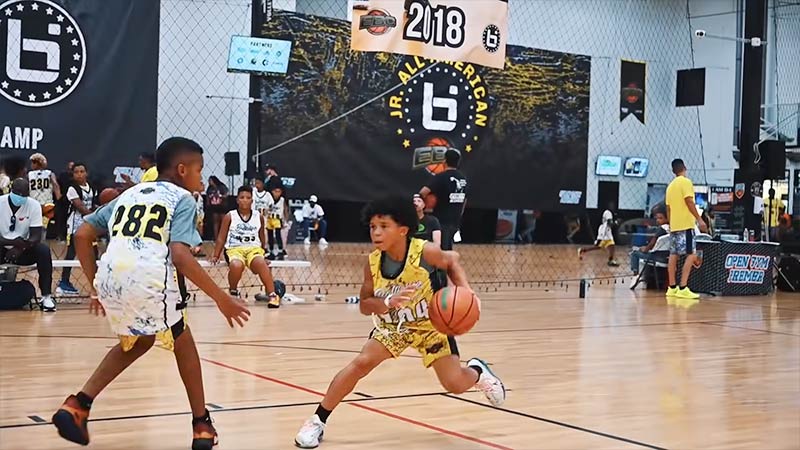
Using a size 6 basketball offers several advantages for middle school players. First and foremost, it allows them to develop proper shooting form and technique.
A smaller ball is easier to grip and control, enabling players to focus on their shooting mechanics without struggling to hold the ball properly. This, in turn, helps them develop muscle memory and accuracy when shooting.
Additionally, the reduced size of the ball promotes better ball-handling skills. Middle school players can practice dribbling and executing various moves with more control and confidence using a size 6 ball. They can develop better hand-eye coordination and learn to protect the ball effectively.
Choosing the right basketball size for middle school players also promotes a positive experience on the court. When using a ball that is too big or heavy, young players may become frustrated and lose confidence in their abilities.
By providing them with a size-appropriate ball, coaches and educators can help foster a love for the game and encourage continued participation.
It’s worth noting that as players progress and reach the high school level, they will transition to a regulation-size 7 basketball. High school players are typically more physically developed and have acquired the necessary skills to handle a larger ball effectively.
NBA and College Basketball Sizes
The NBA and college basketball leagues use different ball sizes, which are as follows:
NBA Basketball Size
The official basketball size used in the NBA is a size 7 basketball. It has a circumference of 29.5 inches (75 cm) and a weight of approximately 22 ounces (624 grams). The size 7 basketball is the largest and heaviest ball used in professional basketball games.
College Basketball Size
College basketball, including NCAA (National Collegiate Athletic Association) men’s and women’s basketball, uses a slightly smaller basketball compared to the NBA.
The official basketball size for college play is a size 6 basketball. It has a circumference of 28.5 inches (72 cm) and is slightly lighter than the NBA ball, weighing approximately 20 ounces (567 grams).
It’s important to note that women’s college basketball follows the same size guidelines as men’s college basketball, using the size 6 basketball. However, at the youth and high school levels, girls often use a size 6 basketball earlier than boys to accommodate their hand size and skill development.
The difference in ball sizes between the NBA and college basketball is relatively small but can still have an impact on players’ shooting, handling, and overall performance. As players progress from college to the NBA or vice versa, they need to adjust to the ball size accordingly.
Youth Basketball Sizes
Youth basketball sizes vary based on the age and skill level of the players. The following are the commonly used youth basketball sizes:
Size 3
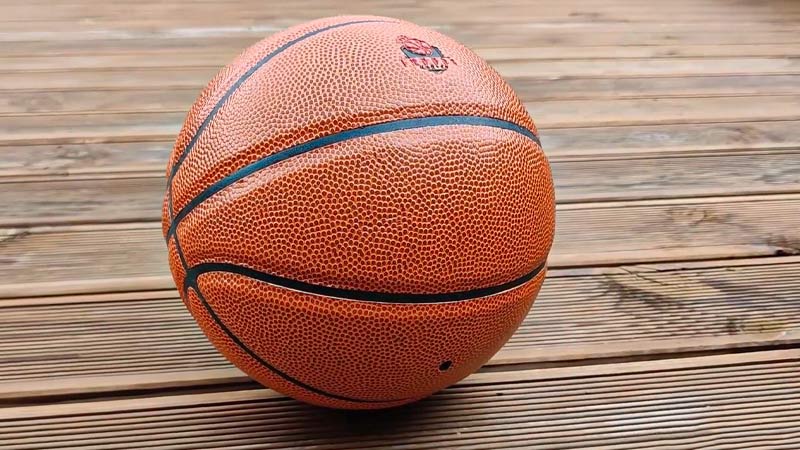
Size 3 basketballs are typically designed for the youngest players, usually ages 4 to 8. These balls have a smaller circumference, making them easier for young children to handle and shoot. They are lightweight and often made of soft materials for safety and improved grip.
Size 4
Size 4 basketballs are commonly used for players in the 8 to 11 age range. They are slightly larger than size 3 balls but still smaller than the standard adult size. These balls help young players develop their skills while providing a better grip and control compared to the smallest size.
Size 5
Size 5 basketballs are typically used by players between the ages of 11 and 13. They are slightly smaller than regulation-size basketballs but larger than size 4 balls. Size 5 basketballs facilitate better handling and shooting for players transitioning from smaller sizes to the standard size.
Size 6
Size 6 basketballs are commonly used for middle school players, typically between the ages of 11 and 14. These balls have a circumference of 28.5 inches, which is one inch smaller than a regulation-size 7 ball. Size 6 basketballs are designed to help young players refine their skills and develop better control and accuracy.
It’s important to note that the specific age ranges for each basketball size can vary depending on the organization, league, or country.
The sizes mentioned above provide a general guideline, but it’s always best to refer to the guidelines and recommendations of the specific youth basketball program or governing body you are involved with.
Choosing the appropriate youth basketball size based on the age and skill level of the players is essential to promote skill development, proper technique, and an enjoyable playing experience for young athletes.
How to Choose a Basketball?
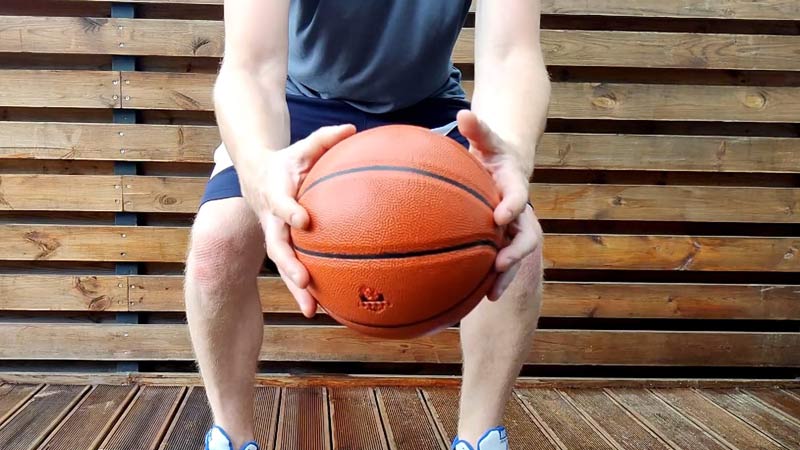
Choosing the right basketball involves considering several factors. Here are some steps to help you choose a basketball that suits your needs:
Determine the Purpose
Consider the purpose of the basketball. Are you buying it for recreational use, training, or competitive play? This will help guide your decision-making process.
Age and Skill Level
Consider the age and skill level of the players who will be using the basketball. Younger players or beginners may benefit from a smaller and lighter ball, while more advanced players may prefer a regulation-size ball.
Size and Weight
Basketball sizes typically range from size 3 to size 7, with size 7 being the regulation size for adults. For younger players, consider a smaller size, such as size 5 or size 6. The weight of the ball should also be taken into account, as it affects grip and control.
Grip and Texture
Look for a basketball with a good grip and texture. A ball with proper channels and a textured surface provides better control and handling. Check for rubber or composite materials that offer improved grip, especially if you will be playing outdoors or on rough surfaces.
Indoor vs. Outdoor Use
Determine if you primarily need a basketball for indoor or outdoor use. Outdoor basketballs are designed to withstand rougher surfaces and weather conditions, typically made of durable rubber materials.
Indoor basketballs are often made of synthetic or leather materials for a better feel and grip on smoother indoor courts.
Brand and Quality
Consider reputable brands known for producing high-quality basketballs. Brands like Spalding, Wilson, and Nike are well-regarded in the basketball industry. Choosing a reliable brand ensures better durability and performance.
Price Range
Set a budget range for the basketball. Prices can vary based on the brand, quality, and features of the ball. While it’s essential to find a ball within your budget, remember that investing in a higher-quality basketball can provide a better playing experience and longevity.
Test and Feel
Whenever possible, try handling and testing the basketball before purchasing. Feel the grip, bounce, and weight of the ball to ensure it suits your preferences and requirements.
By considering these factors and following these steps, you can make an informed decision when choosing a basketball that suits your needs and enhances your playing experience.
Why Correct Basketball Size Is Important?
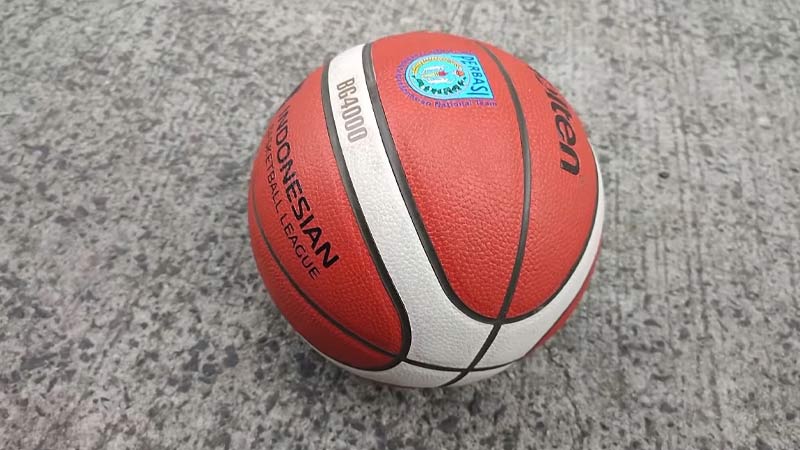
The correct basketball size is important for several reasons:
Skill Development
Using the appropriate basketball size helps young players develop their skills effectively. A ball that is too big or too small can hinder its ability to shoot, dribble, and handle the ball properly.
By using the correct size, players can develop the right technique and form from an early stage, setting a solid foundation for their basketball skills.
Proper Grip and Control
A ball that is too large or heavy can be difficult for young players to grip and control. This can lead to frustration and hinder their performance. On the other hand, a ball that is too small may not provide enough surface area for a secure grip.
The right basketball size allows players to have better control over the ball, enhancing their ability to execute passes, shots, and dribbling moves.
Confidence and Enjoyment
When players are using the appropriate basketball size, they feel more comfortable and confident on the court. They can focus on improving their skills and enjoy the game without unnecessary challenges or frustrations.
Confidence plays a significant role in a player’s performance, so using the right equipment helps foster a positive attitude and love for the sport.
Injury Prevention
Using the correct basketball size can help reduce the risk of injuries. If a ball is too heavy or large for a player’s hands, they may strain their muscles or overexert themselves when shooting or dribbling. This can lead to muscle strains, fatigue, and even overuse injuries. By using a size-appropriate ball, players can maintain proper technique and reduce the chances of injury.
Transition to Higher Levels
As players progress to higher levels of basketball, such as high school or college, they will eventually have to play with a regulation-size basketball. Starting with the correct basketball size in earlier stages allows players to gradually adapt and transition smoothly to larger balls.
This ensures that they are prepared and comfortable when they reach higher levels of competition.
FAQs
Can middle school players use a regulation-size basketball?
While middle school players can technically use a regulation-size basketball (size 7), it is generally recommended for them to use a slightly smaller ball, such as a size 6.
The smaller ball size allows for better handling, shooting, and control, which aids in skill development and overall enjoyment of the game.
What is the difference between a size 6 and a size 7 basketball?
The main difference between a size 6 and size 7 basketball is the circumference. A size 6 basketball has a circumference of 28.5 inches, while a size 7 basketball has a circumference of 29.5 inches.
The size 6 ball is slightly smaller and lighter than the regulation size 7 ball, making it more suitable for middle school players.
At what age or grade level should middle school players switch to a size 7 basketball?
Typically, middle school players use a size 6 basketball from around the age of 11 to 14. As players progress to the high school level, usually around 14 or 15 years old, they transition to using a regulation-size 7 basketball.
The transition to a larger ball is usually made when players have developed the physical strength and skills necessary to handle the larger size effectively.
Can girls and boys use the same size basketball in middle school?
Yes, both girls and boys in middle school can use the same size basketball. The size 6 basketball is suitable for players of both genders in this age range.
It provides the appropriate weight and circumference to facilitate skill development and ensure an enjoyable playing experience for all middle school athletes.
Are there any specific guidelines or regulations regarding basketball sizes in middle school?
Basketball sizes used in middle school may vary depending on the league, organization, or region. However, the size 6 basketball is generally considered the standard for middle school play.
It is always a good idea to check with the league or organization overseeing middle school basketball to ensure compliance with their specific guidelines and regulations.
Wrapping Up!
Now you know what size basketball is for middle school. In summary, selecting the correct basketball size for middle school players is crucial for their skill development, enjoyment, and overall experience on the court.
A size 6 basketball, with its slightly smaller circumference, is the most suitable choice for these young athletes. It enables them to shoot, dribble, and handle the ball with greater ease, facilitating skill acquisition and fostering a love for the game.
By providing the appropriate equipment, coaches, and educators can contribute to the growth and success of middle school basketball players.

